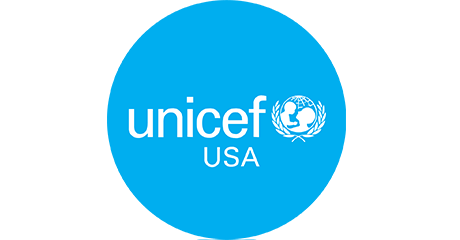NEW YORK (September 6, 2022) “You heard the warnings yesterday about a looming famine in areas of the Bay Region of Somalia between October-December this year. It underlines the scale of the crisis Somalia is facing and the urgent need to quickly scale up support.
“Bay is not the only region facing this deep humanitarian crisis. 74 districts across Somalia are affected, out of which we have prioritized 12 as needing urgent, urgent support.
‘”This is a malnutrition crisis: Malnutrition has reached crisis levels – 1.5 million children, nearly half of the under-five population, are likely to have acute malnutrition. Of these 385,000 will need treatment for severe acute malnutrition. These are unprecedented numbers.
“Water and sanitation are just as important as food for children and families facing famine and food insecurity. And this is a water crisis: 4.5 million people need emergency water supply, and the figure is expected to rise as the drought worsens. In some areas, water prices have climbed up by between 55 to 85 percent since January 2022. No matter how much food a malnourished child eats, he or she will not get better if the water they are drinking is not safe.
Fears for children
“We worry about malnutrition, whose numbers, as I said earlier, are unprecedented. Some 730 children have been reported to have died in food and nutrition centers across the country between January-July this year but the numbers could be more as many deaths go unreported.
“We worry about disease outbreaks. Somalia’s history shows that when high levels of severe acute malnutrition in children combine with deadly outbreaks of disease, child mortality rises dramatically – with tragic consequences. Disease outbreaks have spiked between January-July, with at least 8,400 suspected acute watery diarrhea (AWD)/cholera cases and around 13,000 suspected measles cases (78 percent children under five).
“We worry about the education of affected children: We saw in 2017 that 90 percent of children who lost access to education never returned to school. Currently, more than three million school-aged children have been directly affected by the drought and 900,000 are at risk of dropping out. Half are girls.
“The safety and protection of children is a major concern: We have seen a rise in the number of separated and unaccompanied children. Since January, their numbers have increased by 81 percent compared to last year.
“Could the situation have been prevented if we had acted sooner?
“This is Somalia’s third drought in a decade. The first drought, in 2011, killed an estimated 260,000 people, many of them children.
“The worst effects of the second, in 2017, were mitigated because early warning systems kicked in, donors channeled aid quickly, government institutions were more solid, and there were more operational organizations on the ground.
“The response to our appeal this time was slower. By July, only 65 percent of our total drought appeal of $112 million was funded and less than a third of the UN appeal of $1 billion. That situation has now changed remarkably in the last month or so.
“What needs to be done now?
“As of July, 223,000 children with severe acute malnutrition had been treated (58 percent of the 2022 target) and 1 million people reached with sustainable water (30 percent of 2022 target). Another 1.3 million people (25 percent of target) were reached with temporary water supply. 1.2 million children had been vaccinated against. This was a response to the worsening measles outbreak. Ongoing efforts to prevent disease outbreaks include providing water and sanitation in IDP locations and stepping up vaccinations against measles and cholera. We urgently need donors to step up and fully fund the UN’s Humanitarian Response Plan. We also need access to be facilitated to deliver impartial relief for children in need, in accordance with international humanitarian law.
“We also need radical change to stop famine happening again – ensuring donors commit long term funding to help families build resilience to the effects of climate change.”
# # # #
About UNICEF
The United Nations Children’s Fund (UNICEF) works in more than 190 countries and territories to pursue a more equitable world for every child. UNICEF has helped save more children’s lives than any other humanitarian organization, by providing health care and immunizations, safe water and sanitation, nutrition, education, emergency relief and more.
UNICEF USA advances the global mission of UNICEF by rallying the American public to support the world’s most vulnerable children. Together, we are working toward a world that upholds the rights of all children and helps every child thrive. For more information, visit www.unicefusa.org.
For more information please contact:
Jenna Buraczenski, UNICEF USA, (917) 720-1432, [email protected]
